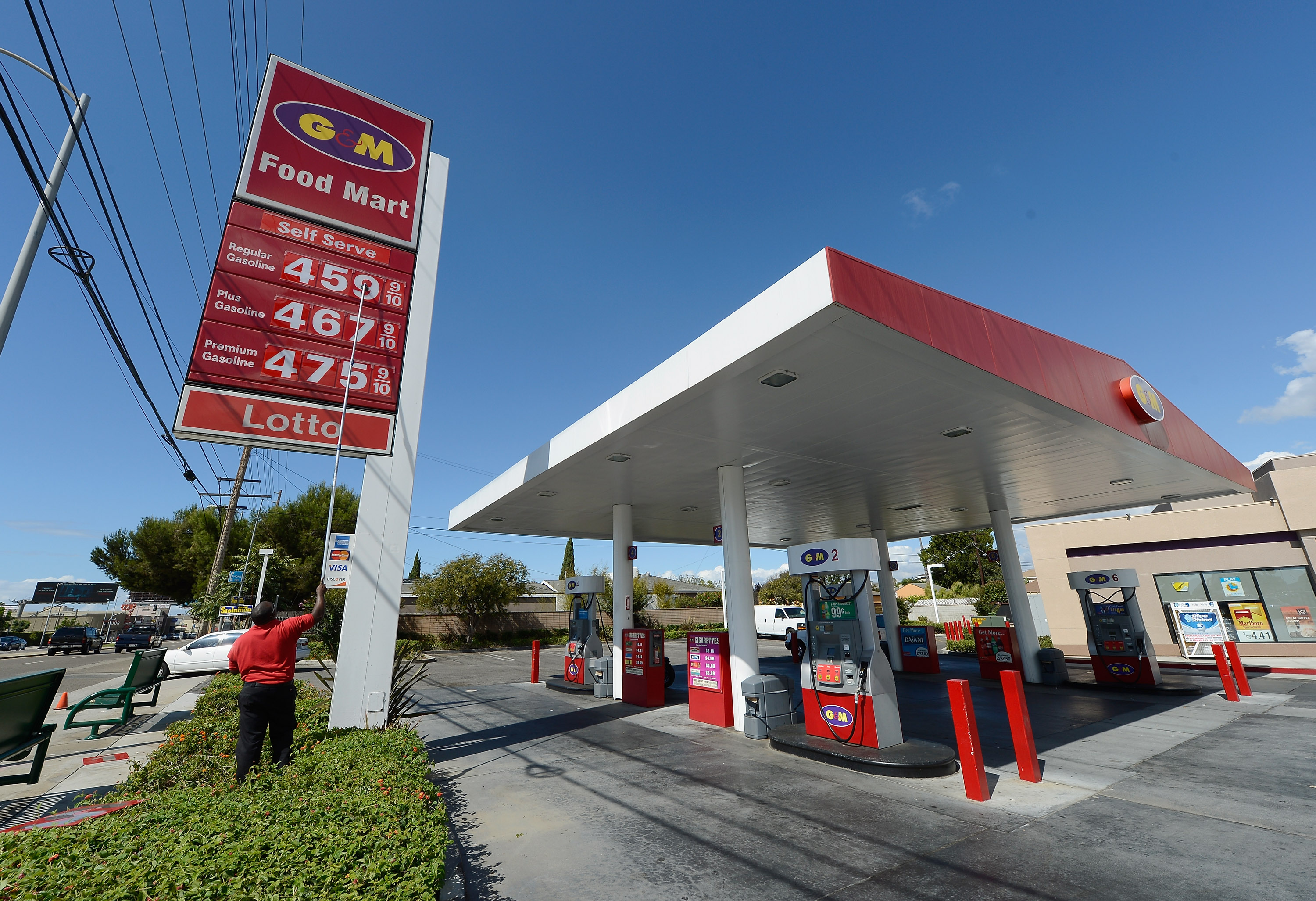Heading into the Fourth of July holiday weekend, the trade group representing the US refining industry had some choice words about the impact of US regulations on gasoline prices.
“Our industry and the economy are taking a hit with RFS [renewable fuel standards], air pollution regulations and Cafe [corporate average fuel efficiency] standards, which all intertwine at the expense of the consumer,” said American Fuel & Petrochemical Manufacturers President Charlie Drevna on a recent media call.
Pump prices seem to have eased, said Drevna, which is due to gasoline supply issues subsiding. Planned maintenance and unplanned outages at US refineries that led to higher prices earlier this year have ceased and refiners are now back online.
According to the AAA, prices may have peaked in February, he said. And global factors that influence crude oil prices have been turned on their head by US oil production increases, which is important because 65% – 75% of the cost of gasoline is directly related to the price of crude.
The 2 million barrel per day US oil production increase that emerged in the past few years has effectively increased OPEC spare capacity, said Drevna, modulating global oil prices and thus US gasoline prices.
Historically, Opec’s meetings in Vienna were about how to keep the US – literally – over a barrel, said Drevna, but at their most recent meeting in late May “they were wringing their hands about what’s going on in US.”
In the AFPM’s view, regulations that increase costs for refiners are the greatest threat to the current downward gasoline price trajectory.
Obama’s new climate plan says EPA should focus on utilities, but refiners will be next, Drevna said. “If the ozone standard goes below where it is now, even Yellowstone National Park will be out of compliance.”
“We are on the verge of a manufacturing renaissance, but if regulations put a stop to it, the rust belt will become rustier,” he said.

